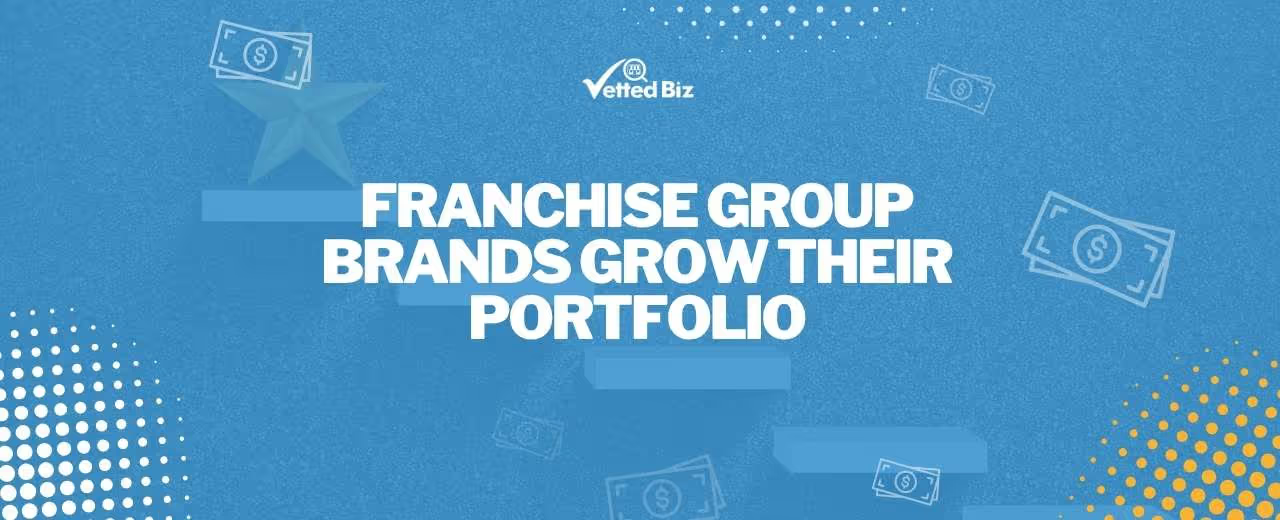USL League One is a professional men's soccer league, providing a platform for teams across the U.S. to compete. The franchise allows owners to operate soccer clubs with a strong focus on player development, community engagement, and professional soccer competition.

Key Insights
- USL League One emerged as a professional soccer league with a focus on developing talent and fostering community club ownership. The business structure supports local engagement and provides a platform for aspiring professional players and coaches within the American soccer landscape.
- The franchise operates as a developmental league, offering a structured environment for clubs to compete and build fanbases. This model allows for operational consistency and a clear pathway for teams seeking to advance within the soccer pyramid.
- Operating within the rapidly growing professional soccer industry in the United States, USL League One taps into increasing fan interest and participation. The league provides opportunities for strategic expansion and aligns with broader trends in sports entertainment and community investment.

Franchise Fee and Costs to Open
Exploring the financial picture of USL League One gives insight into both the upfront commitment and the potential revenue opportunity. According to FDD Item 7, opening this franchise typically involves an investment in the range of $7,682,700 - $11,418,600, along with a franchise fee of $5,000,000 - $5,000,000.
Financial Performance and Revenue
Training and Resources
USL League One provides new franchisees with comprehensive training. This initial program offers in-depth operational guidance over a two-week period, primarily conducted at our headquarters. Resources include a detailed operations manual and ongoing support. USL League One recommends utilizing these tools to build a successful franchise.
Legal Considerations
Legal considerations for a USL League One franchisee are outlined in the Franchise Disclosure Document (FDD) and the Franchise Agreement. Note that this franchise discloses lawsuits and/or bankruptcy information in its FDD, which may impact your evaluation. Subscribe now to access more details and be sure to consult a qualified attorney before proceeding.
Challenges and Risks
A franchisee might consider the landscape of existing fitness providers in their chosen territory, evaluating how to differentiate their offering. Operational demands, from staffing to facility management, will require careful planning and execution. Additionally, the consistent availability of specific equipment and consumable supplies necessitates a reliable network of vendors.



